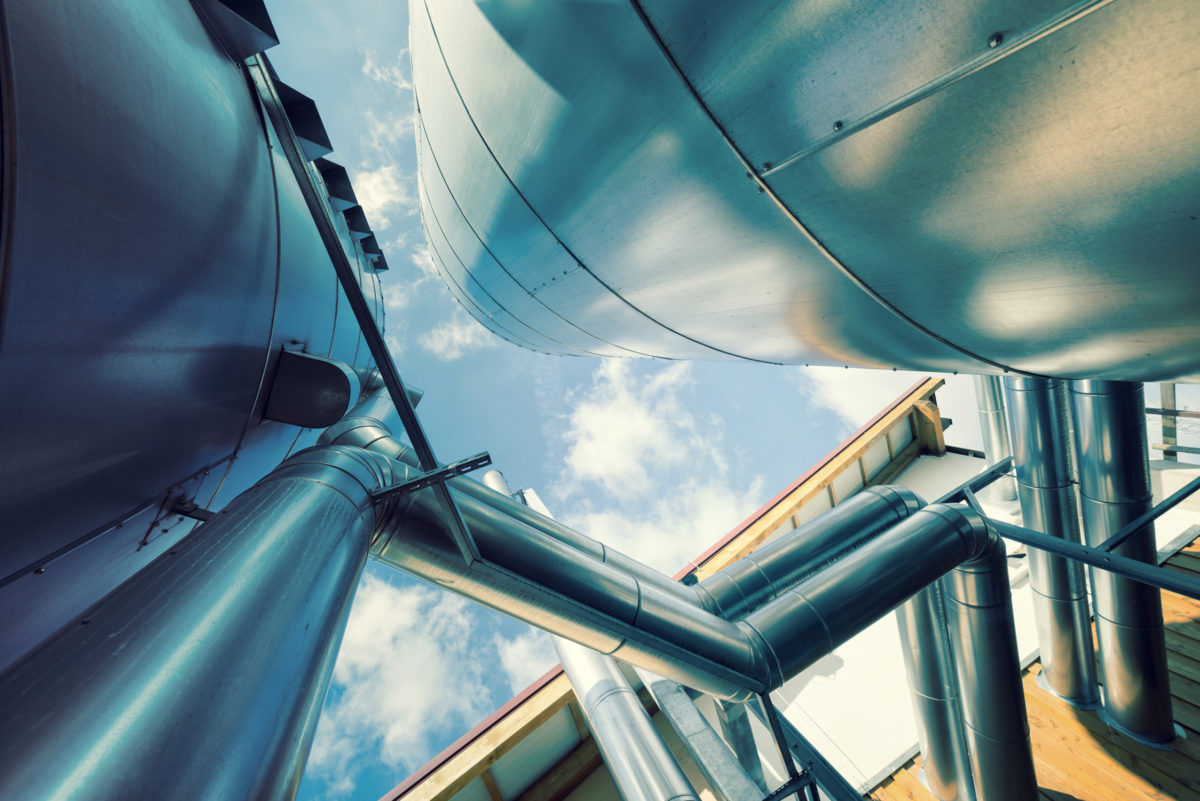There must be something in the water in Tasmania at the moment, and I’m not talking about James Boags, because the island state has once again demonstrated its grand ambitions in the renewable energy transition.
Last month, Hydro Tasmania laid out its audacious plan to become the Battery of the Nation in a white paper suggesting the mainland’s pipeline of solar and wind (especially Victoria) could be freed-up by developing, via an additional interconnection across the Bass Trait, Tasmania’s great potential for pumped hydro storage.
This month, Hydro Tasmania is speaking up the state’s potential as a leader in the nation’s production of green hydrogen from renewable sources like solar electrolysis. The analysis, contained in the white paper “Tasmania’s ‘green hydrogen’ opportunity – what makes Tasmania a unique, green hydrogen zone?” argues that Tasmania has competitive advantages over other states to become Australia’s green hydrogen zone.
Hydro Tasmania’s CEO, Steve Davy, said a large-scale, cost-competitive green hydrogen production industry could be developed in the state over the coming decade.
“Our analysis indicates that green hydrogen can be produced in Tasmania for approximately 10-15% less than other Australian power grids needing to offset emissions and 20-30% less than from dedicated off-grid renewables, due to the high plant utilisation that can be supported by Tasmania’s hydropower,” said Davy.
Davy also believes it’s two great ambitions are interlinked. The Battery of the Nation project, which would require additional interconnection to the mainland, could also be utilised for the transport of green hydrogen from a state with a high level of energy security, stability and self-sufficiency in renewable energy by 2022.
Tasmania’s impressive renewable record is another reason why it posits itself as a leader in the integration of green hydrogen production with renewable energy systems. Tasmania already has the excess solar and wind generation to produce hydrogen by electrolysis. “This could make use of existing facilities,” argues Davy, “including the Kind Island and Flinders Island renewable energy integration hubs.”
“As countries like Japan and South Korea look to green hydrogen as a way to meet emissions reduction targets, hydrogen production has the potential to further support large-scale investment in new renewables, as well as direct employment,” continued Davy.
Hydro Tasmania might be getting ahead of itself in presuming green hydrogen trade agreements with countries like Japan and South Korea, the transportation of green hydrogen by ship reduces its efficiency by a significant margin. However, nothing is stopping green hydrogen’s transportation via pipelines across the relatively short distance of the Bass Strait.
It is clear that Tasmania has the bite to back up its bark and should be considered as part of the desperately needed National Hydrogen Plan.
This content is protected by copyright and may not be reused. If you want to cooperate with us and would like to reuse some of our content, please contact: editors@pv-magazine.com.









By submitting this form you agree to pv magazine using your data for the purposes of publishing your comment.
Your personal data will only be disclosed or otherwise transmitted to third parties for the purposes of spam filtering or if this is necessary for technical maintenance of the website. Any other transfer to third parties will not take place unless this is justified on the basis of applicable data protection regulations or if pv magazine is legally obliged to do so.
You may revoke this consent at any time with effect for the future, in which case your personal data will be deleted immediately. Otherwise, your data will be deleted if pv magazine has processed your request or the purpose of data storage is fulfilled.
Further information on data privacy can be found in our Data Protection Policy.